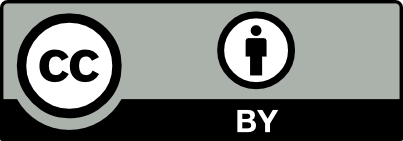Please use this identifier to cite or link to this item:
http://hdl.handle.net/10609/2464
| Title: | Introducció de l'ensenyament en línia en Humanitats : estudis de cas sobre l'acceptació d'activitats en línia per part del professorat de llengües clàssiques |
| Author: | Vlachopoulos, Dimitrios |
| Citation: | Vlachopoulos, Dimitrios (2009). "Introducció de l'ensenyament en línia en Humanitats: estudis de cas sobre l'acceptació d'activitats en línia per part del professorat de llengües clàssiques". Digithum. Les humanitats en l'era digital, 2009, Vol. 0, núm 11 |
| Abstract: | The purpose of this paper is to show the perceptions of the academic staff of classical languages (ancient Greek and Latin) concerning use of online activities during their courses. The study was carried out in three countries: Greece (three major Universities), Spain (University of Barcelona) and the United States (University of California, Berkeley) with the participation of thirty-three academic instructors. Depending on the level of use and acceptance of the ICT and following G. Moore's classification, we separated the participating academics in three groups: the conservatives, the mainstream and the early adopters. The fact that the smallest group is the third clearly shows the necessity for teachers' preparation and training before introducing innovative projects in the classroom. Since the starting point for the application of innovation in the classroom is the teacher, policy makers should focus on helping them become conscious of changes in teaching methods and include their opinion during the design of innovative projects. |
| Keywords: | e-learning new teaching methods Classics and ICT teaching culture |
| Document type: | info:eu-repo/semantics/article |
| Issue Date: | 26-Jun-2009 |
| Publication license: | http://creativecommons.org/licenses/by/3.0/es/deed.ca  |
| Appears in Collections: | 2009, n. 11 Articles cientÍfics |
Files in This Item:
| File | Description | Size | Format | |
|---|---|---|---|---|
| 1.4.vlachopoulos_cat.pdf | 294,49 kB | Adobe PDF |  View/Open |
Share:
 Google Scholar
Google Scholar
 Microsoft Academic
Microsoft Academic
This item is licensed under a Creative Commons License


